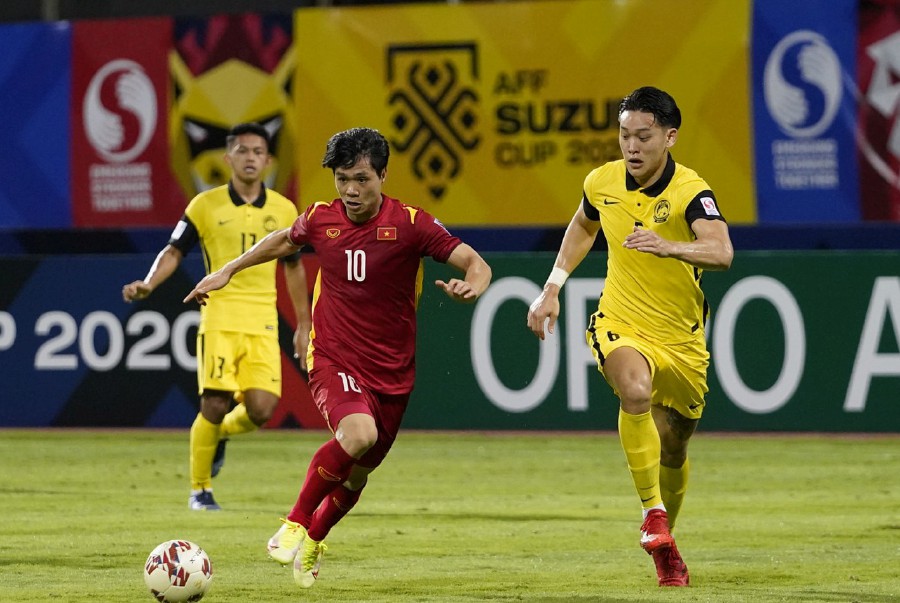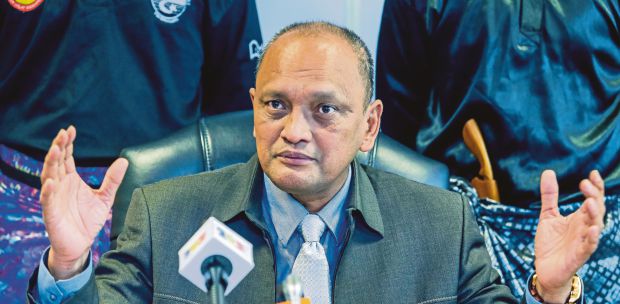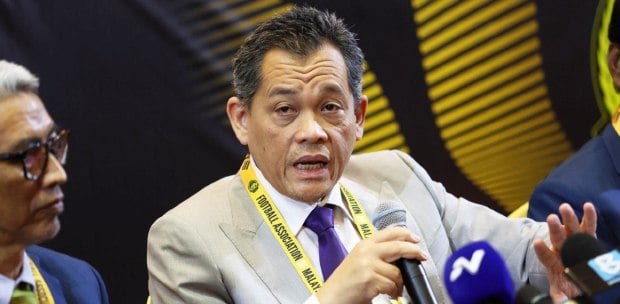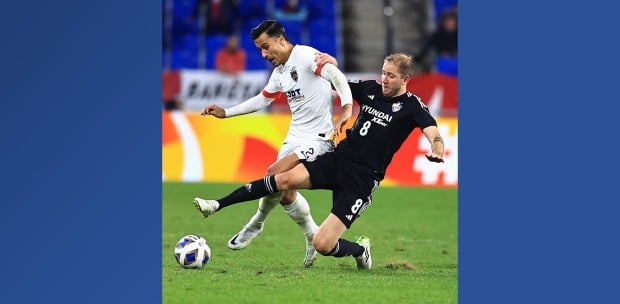Malaysia are ranked only 154th in the world, yet football is the No 1 sport in the country.
Although the sport has nothing much to shout about in recent times, football gets more publicity than our world-class badminton, squash and diving teams.
It is bemusing but a reality, and it is ironic that Malaysian football is always ahead of the other sports in newspapers, social media, and sports websites despite its underwhelming news.
However, we must credit the government, the FA of Malaysia (FAM), the National Sports Council and other agencies for introducing many initiatives to uplift the game here.
We have come up with several nationwide grassroots programmes, with the National Football Development Programme being the most significant.
Development takes time, and there is no way Malaysia can produce world class footballers in just a few years. Bear in mind that grassroots programmes will only be successful if they are run professionally.
Malaysian football can only progress with systematic development of players from grassroots level before their skills are further polished.
FAM have their F30: roadmap, which was launched in 2018. It states the country's football vision and goals, but all these can only be achieved if everyone plays a role.
Yes, Malaysia were among the best in Asia in the 1970s and early 1980s, but in those days, not many countries in the continent were focusing on football. It is a different ball game now as nations like South Korea and Japan are already way ahead of Malaysia.
The RM10 million injection by the government, which was announced by Prime Minister Datuk Seri Ismail Sabri Yaakob yesterday, was timely, especially in these difficult days of Covid-19, which has brought uncertainties to the economic environment.
FAM will soon come up with a plan on putting the RM10 million to good use.
The sum, however, is not huge compared to what Johor Darul Ta'zim and Selangor spend annually on their Super League and feeder teams, as well as grassroots development. In fact, some of the foreign players in the M-League earn more than RM10 million annually.
In truth, FAM can't do much with the RM10 million, but it is financial aid anyway, and should be used wisely for important things like development, and not for petty activities.
If the money is used for FAM's administrative purposes and to pay staff salaries, it defeats the noble goal of the RM10 million to improve Malaysian football standard.
Money is needed to implement football programmes and build facilities. That is the priority.
The RM10 million contribution, however, has netizens questioning why the government was focusing on Malaysian football, which is even struggling at Asean level. Not forgetting that Malaysia flopped at the recent AFF Cup.
In fact, many sports fans feel that the RM10 million should have been used to reinstate athletes, dropped from other sports, into the national training programmes.
A sports fan tweeted: "No money for athletes but got money for this underperforming sport. Should channel the RM10 million to these athletes so that they can get reinstated into the national programmes as many are at least Asian standards."
The fan's tweet does make sense as top athletes like former world No 5 squash player Low Wee Wern and 2017 world champion diver Cheong Jun Hoong were excluded from the national programme recently due to funding cuts.
Malaysian football's chances of producing results are definitely not as good, compared to other sports in the country.
However, football remains the most popular sport, and Malaysians take pride when the national team do well, even at Asean level.
Although FAM are doing their best in developing the game, club-level football in the country is still weak.
Every season, there are cases of unpaid salaries and other unprofessional conducts in the M-League.
Sadly, many clubs are not serious about grassroots development although that is a requirement to play in the M-League and Asian-level club competitions.
Football development gets affected and takes a backseat when clubs struggle to pay the salaries of their first-team players.
Notably, JDT have the best facilities for grassroots development, while clubs like Selangor and Terengganu are doing their part to help youth players develop their skill.
However, we know little of what the other clubs have been doing. No news about their development work because they did nothing?
FAM have to sort out these issues first before football in the country can progress.
For now, FAM have the financial ball at their feet. They have to kick it properly.
Ajitpal Singh is the Sports Editor of NST and a Manchester United fan
The views expressed in this article are the author's own and do not necessarily reflect those of the New Straits Times






